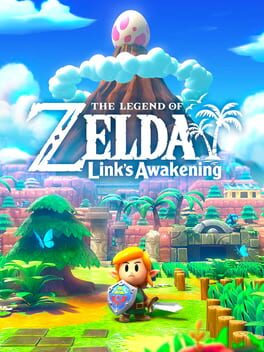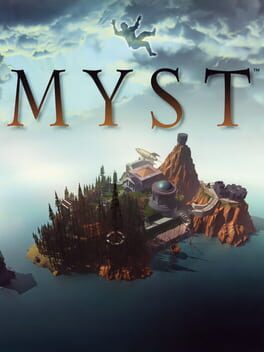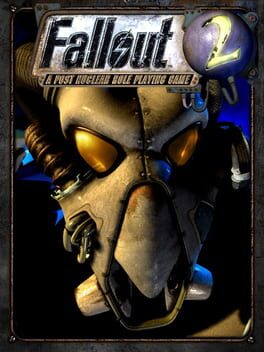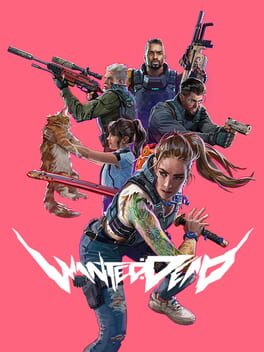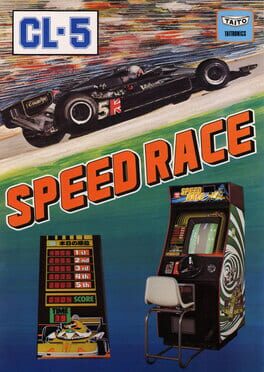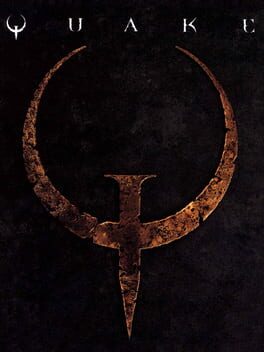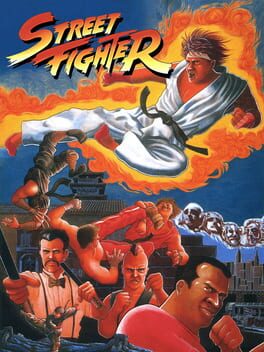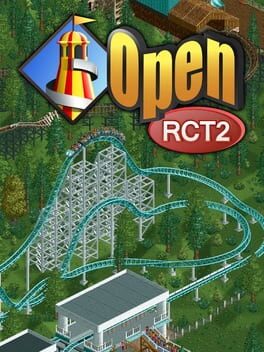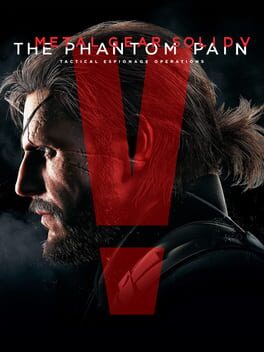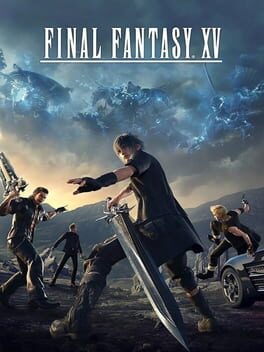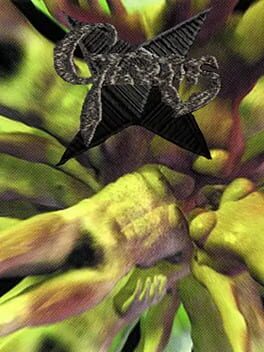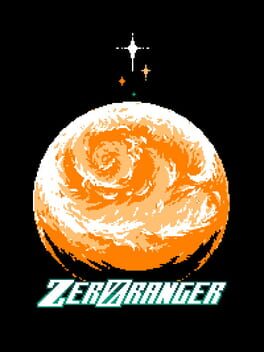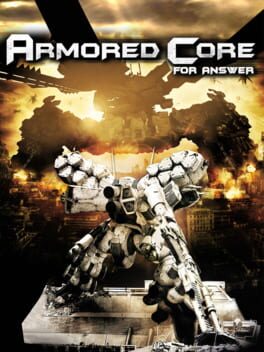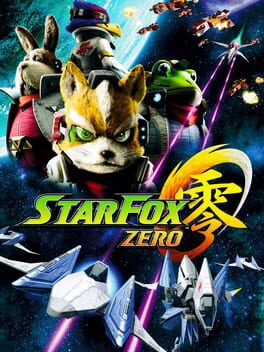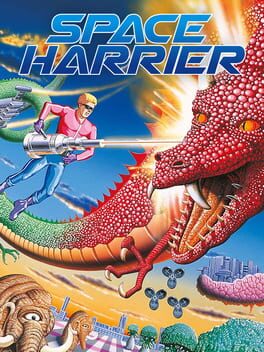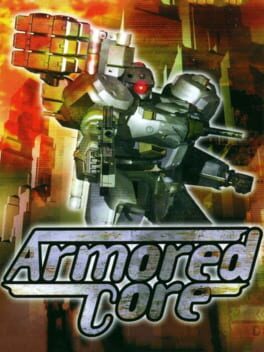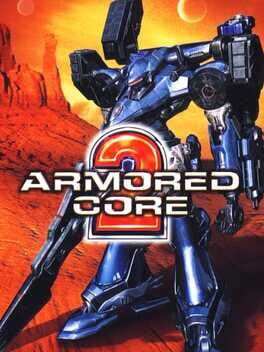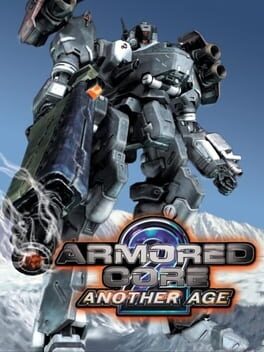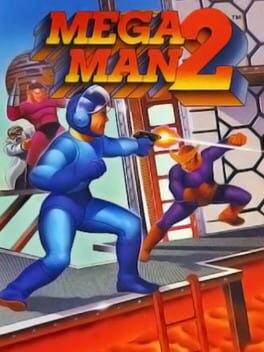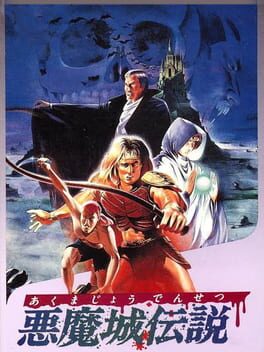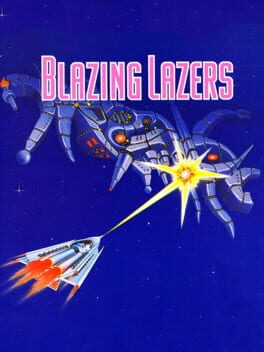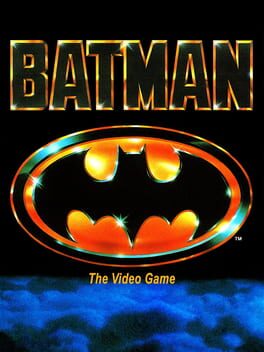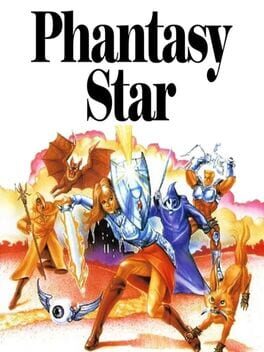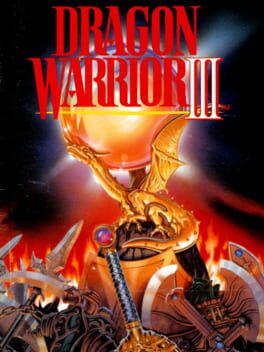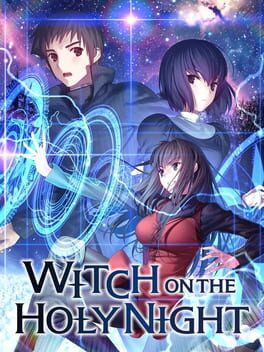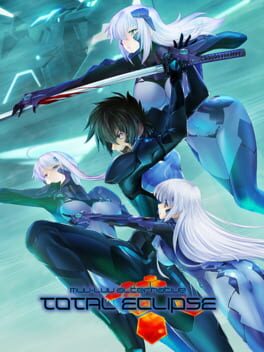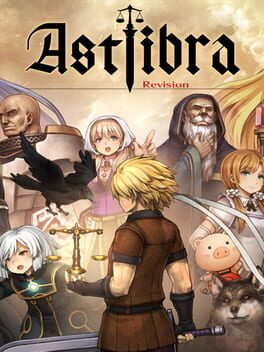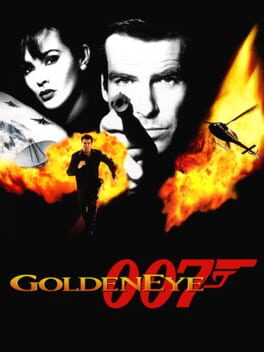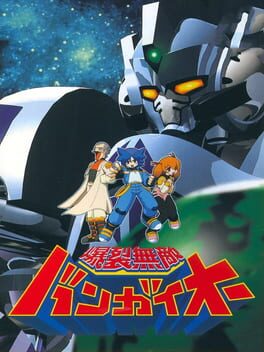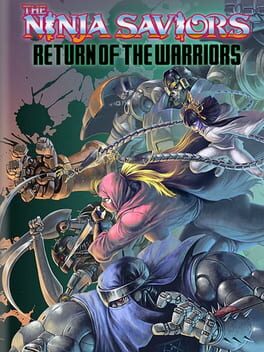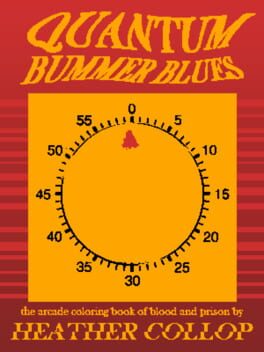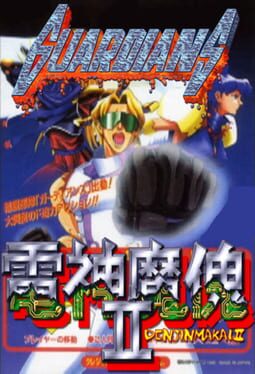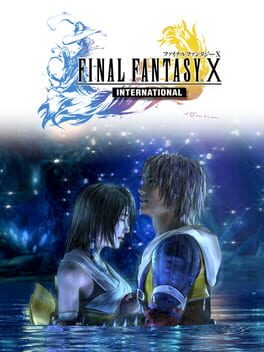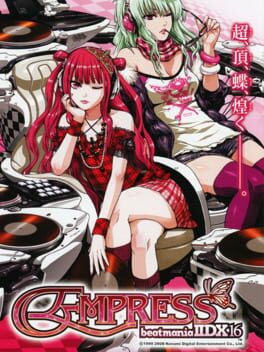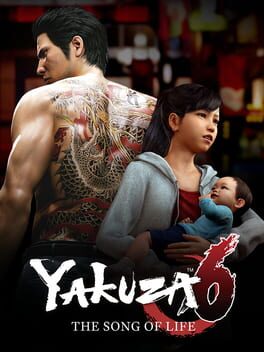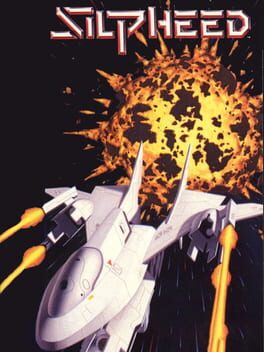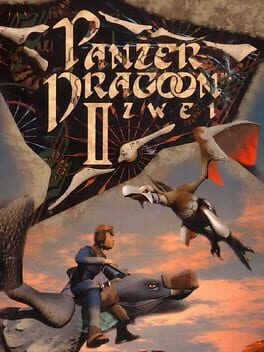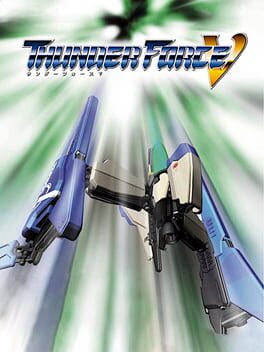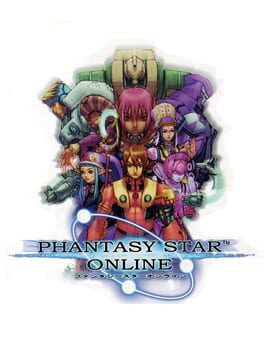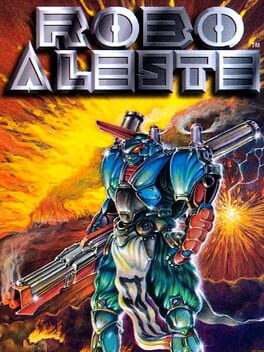Herbert
220 reviews liked by Herbert
For every Zelda fan, we have The One We Started With, The Good One, and The One We Irrationally Hate In Spite Of It Being Perfectly Good. My very first Zelda game was Link's Awakening DX, which is a funny entry point considering it kind of just has fuck all to do with any of the other games and even has Mario characters in it and other wild off-the-wall shit that has given Link's Awakening something of a reputation for being the goofball one.
Well, goofball one or not it was enough to ruin my brain and make me a Zelda freak 4 lyfe. It brought together all of the real magic of Zelda into a nice compact little game for car trips; a whimsical but dark world, a wide cast of fascinating characters, and a story that makes the game paradoxically linked to several others to make dweebs that think the timeline is real constantly fight about it.
The remake was, happily, exactly what a remake should be - a modernized but fully faithful adaptation of the original game. The newer interface makes it easier to work with the items and spend a little less time doing on-the-fly juggling of common-use gear, the music is beautiful as has become a standard for Zelda, and the graphics are a charming compromise between modern 3D and the classic gameboy Zelda graphics. It feels very much like a storybook brought to life, which is an appropriate take on something so integral to my childhood being brought forth into the 20th century, happily not kicking and screaming like so many others of its ilk.
Also the dungeon building minigame was fun. Took like 20 minutes to do all the missions that tie to in-game collectibles and the rest are optional so really don't see any merit to all the whining about that. You don't have to do everything in a game, man.
Well, goofball one or not it was enough to ruin my brain and make me a Zelda freak 4 lyfe. It brought together all of the real magic of Zelda into a nice compact little game for car trips; a whimsical but dark world, a wide cast of fascinating characters, and a story that makes the game paradoxically linked to several others to make dweebs that think the timeline is real constantly fight about it.
The remake was, happily, exactly what a remake should be - a modernized but fully faithful adaptation of the original game. The newer interface makes it easier to work with the items and spend a little less time doing on-the-fly juggling of common-use gear, the music is beautiful as has become a standard for Zelda, and the graphics are a charming compromise between modern 3D and the classic gameboy Zelda graphics. It feels very much like a storybook brought to life, which is an appropriate take on something so integral to my childhood being brought forth into the 20th century, happily not kicking and screaming like so many others of its ilk.
Also the dungeon building minigame was fun. Took like 20 minutes to do all the missions that tie to in-game collectibles and the rest are optional so really don't see any merit to all the whining about that. You don't have to do everything in a game, man.
Myst
1993
If you want to talk to me about games, I consider playing all the way through Myst to be the bare minimum requirement for us to even begin to be speaking on the same wavelengths. It's the first puzzle on my mysterious island of intricate riddles.
It's very rare in games for the first pioneer at the gate to truly nail it in one go, but Myst blew everyone's balls off in '93 for the same reason it still blows peoples' balls off today and has like 35 new variants that all just change the way you walk around the worlds, because the worlds themselves are an absolute masterclass in puzzle and level design and artistry.
There's really nothing I can say about Myst as a review that hasn't been said a thousand times before, it is such a fundamental piece of my gaming thought process that even the things I could say are things that would simply emerge in my thoughts about nearly every other game I talk about. It still holds up to this day and, again, has been remastered and remade in so many formats, including ones that just have a big huge "HINT" button to let you beat Myst the same way you beat the Hardest computer at Chess, so there's no excuse to skip on it.
Also don't give those fucking guys any of the pages. Come on.
It's very rare in games for the first pioneer at the gate to truly nail it in one go, but Myst blew everyone's balls off in '93 for the same reason it still blows peoples' balls off today and has like 35 new variants that all just change the way you walk around the worlds, because the worlds themselves are an absolute masterclass in puzzle and level design and artistry.
There's really nothing I can say about Myst as a review that hasn't been said a thousand times before, it is such a fundamental piece of my gaming thought process that even the things I could say are things that would simply emerge in my thoughts about nearly every other game I talk about. It still holds up to this day and, again, has been remastered and remade in so many formats, including ones that just have a big huge "HINT" button to let you beat Myst the same way you beat the Hardest computer at Chess, so there's no excuse to skip on it.
Also don't give those fucking guys any of the pages. Come on.
Pseudoregalia
2023
really fresh take on a 3d platformer character controller, the wall kicks in particular are nasty stuff (positive connotation).
adding a map was the right choice in the long run i think - even if i didn't need a map so much as a guide to remind me to go back to a certain place i hadn't considered after several loops of the game world.
you shoulda seen some of the tricks i pulled to get where i wasn't supposed to be yet. i did everything except for one of the switches for the theater key without getting a certain extremely useful powerup
adding a map was the right choice in the long run i think - even if i didn't need a map so much as a guide to remind me to go back to a certain place i hadn't considered after several loops of the game world.
you shoulda seen some of the tricks i pulled to get where i wasn't supposed to be yet. i did everything except for one of the switches for the theater key without getting a certain extremely useful powerup
Fallout 2
1998
the tribal stuff is awful and the sense of humour stinks like greasy 90s posturing and rank self-congratulation. bombards you with unbearably unfunny pop culture references, plays sexual assault for laughs, and couches all its insipid beerbong edgelord shit in THATS THE WASTELAND BRO because it has no conviction or insight whatsoever that wasn't set up in advance by cain and boyarsky
avellone + friends' worst work by miles and miles. the only thing I like here is My Chrysalis Highwayman which mark morgan probably plagiarized like (allegedly) half the music. everything bad bethesda did to the series' integrity (and worse) started here. this is ground zero and the common (delusional) notion that FO3 was a bolt from the blue tells me the classic fanbase doesn't know shit. Bro??? it's all right here. it's been here since 1998, inside this gross, smelly software that you (allegedly) played. imagine clutching your pearls about a fridge ghoul when FO2 canonized talking deathclaws and tom cruise — even pete hines unwittingly had you boneheads pegged. who the fuck cares about the world building in the knowyourmeme ass family guy rpg?
"this is worse than the time I got beaten at chess by a freaking radscorpion"
lower gen x into the ground already
avellone + friends' worst work by miles and miles. the only thing I like here is My Chrysalis Highwayman which mark morgan probably plagiarized like (allegedly) half the music. everything bad bethesda did to the series' integrity (and worse) started here. this is ground zero and the common (delusional) notion that FO3 was a bolt from the blue tells me the classic fanbase doesn't know shit. Bro??? it's all right here. it's been here since 1998, inside this gross, smelly software that you (allegedly) played. imagine clutching your pearls about a fridge ghoul when FO2 canonized talking deathclaws and tom cruise — even pete hines unwittingly had you boneheads pegged. who the fuck cares about the world building in the knowyourmeme ass family guy rpg?
"this is worse than the time I got beaten at chess by a freaking radscorpion"
lower gen x into the ground already
Asura's Wrath
2012
Wanted: Dead
2023
honestly one of the most lived in worlds ive ever experienced in a more linear level by level type of game. rlly appreciate how fleshed out and real everything feels and how truly ambitious this is. love how bright the gore in this looks and how often there’s rlly impressive and genuinely beautiful set pieces and levels. rlly casually cruel and oppressive atmosphere which is like rlly special given the fact that the story is never too self serious. just way too hard for me to finish lmao😖
Speed Race CL-5
1978
There's this pretty average barcade in Melbourne that I've gone to 4 times now. An average barcade is also a pretty shitty barcade from my experience and what I hear. They have a tasty cocktail that I refuse to buy called "The Bubsy". Anyway, 'Speed Race' is super bizarre.
I've never touched controls with so little friction before. I'm not sure if the cabinet they have at this barcade is in good condition or not, but all three inputs are as smooth as a pilot custom 823 14K gold fountain pen with a medium nib on Rhodia 80GSM paper. The gear change stick moves without any chunk, click, or heft. The steering wheel turns like polished glass with no resistance as much as you like in any direction. The pedal goes up and down with a ginger spring.
Somehow this works wonderfully for this game though! It's my favourite cabinet I've played there! Weaving between those cars, managing the narrowing of the track, pulling off from the side with that strange gear stick; all of it feels like how I imagine figure skaters must feel on freshly polished ice. Sometimes I need to get from one side of the track to the other, and I throw the wheel to the left and let it spin with my hand off it, catching it a half moment later. This is the most enjoyable part of the game. Tossing the wheel back and forth. Then, when the track gets narrow, you hold it carefully the way you might hold a babies finger that they've pointed towards you and gently ease it left and right.
It really works! I guess it's all swishy friction, if I am to use Tim Rogers' vocab there. It feels icier than that though. Regular swish still has that moment of friction that we call "swish". It's not slippery like greasy friction either though. Ice skater's aren't slipping on oil, they've got blades on their feet.
I've never touched controls with so little friction before. I'm not sure if the cabinet they have at this barcade is in good condition or not, but all three inputs are as smooth as a pilot custom 823 14K gold fountain pen with a medium nib on Rhodia 80GSM paper. The gear change stick moves without any chunk, click, or heft. The steering wheel turns like polished glass with no resistance as much as you like in any direction. The pedal goes up and down with a ginger spring.
Somehow this works wonderfully for this game though! It's my favourite cabinet I've played there! Weaving between those cars, managing the narrowing of the track, pulling off from the side with that strange gear stick; all of it feels like how I imagine figure skaters must feel on freshly polished ice. Sometimes I need to get from one side of the track to the other, and I throw the wheel to the left and let it spin with my hand off it, catching it a half moment later. This is the most enjoyable part of the game. Tossing the wheel back and forth. Then, when the track gets narrow, you hold it carefully the way you might hold a babies finger that they've pointed towards you and gently ease it left and right.
It really works! I guess it's all swishy friction, if I am to use Tim Rogers' vocab there. It feels icier than that though. Regular swish still has that moment of friction that we call "swish". It's not slippery like greasy friction either though. Ice skater's aren't slipping on oil, they've got blades on their feet.
Quake
1996
Astonishing 3D FPS level design, emerging fully-formed from the remains of Doom. Violence is geometry, tracing out arcs and secants, calculating the shortest distance between two Scrags. Combat probably tuned beyond my ken, a rasp against my nervous system. The perfect PING of a grenade as it bounces off a wall directly into an Ogre's asshole.
Street Fighter
1987
What do you mean Street Fighter 1 is bad?
The original Street Fighter is an infamously terrible game. There’s only one character to play, the controls are awful, and no one has ever done a special move in it on purpose. These are the things I’ve heard about the game for as long as I can remember, but as the existence of this piece might suggest, I think there’s actually more to the story. Street Fighter 1 is not only a good deal better as a game than its abysmal reputation suggests, it also serves as an intriguing and inspiring entry in the career of its creator that deserves more than we give it.
In Street Fighter 1, you maneuver on a 2D plane and try to land hits on your opponent by selecting from an arsenal of six normal attacks and three special moves (the same fireball, uppercut, and hurricane kick that fighting game players know today). You can jump to change your position or angle of attack and put pressure on a guard that can be either high or low. You can walk forward and backward and threaten space with your normals, control the screen with fireballs and dragon punches… it's a fighting game! There may not be any throws or combos or okizeme, and what is there may only half-work in the first place, but the blurry image of 2D fighting fundamentals is absolutely here on display, in a way that makes it easy to see how games just a few years later would pick up that torch and run with it. It may pale in comparison to its sequel, but it’s hardly the clueless jumble that many people make it out to be. It’s easy to see the future just by playing it.
Of particular note to me is the way special moves work. Just about every single conversation about Street Fighter 1 features the derogatory claim that special moves are more or less impossible to execute in the game. This is actually not true at all! Anyone can pull off specials in SF1, they just need to know the trick. See, possibly as a result of the game’s conversion from its original (awful) pneumatic punching pad controls to a more standard (but still innovative) six pushbutton layout, special moves in SF1 are executed not when the player presses a button down, but when they release a button.
STREET FIGHTER 1 HAS NEGATIVE EDGE, WHY DID NOBODY EVER TELL ME THIS.
When you use button releases for your special move inputs rather than button presses, throwing fireballs is about as easy as in any other game. What fascinates me about this is that these moves require you to know the specific trick to them. Fighting game players today sometimes feel nostalgic for the arcade era, an age where information traveled slowly via smaller-scope, person-to-person conversation within a community, rather than the current online environment where games are immediately picked apart and put back together in a global whirlwind, and knowledge circulates so quickly on social media that the “save that for nationals” mindset simply has no reason to exist anymore. Yet here we are in 2024, and an old game that sits at the very cornerstone of the whole genre has hidden technical knowledge that the vast majority of people don’t know about. Here is a game where to learn its secrets you still have to be told them by someone in the know. How cool is that? I only learned this quirk of the special moves from a random forum post from like fifteen years ago, and from all the conversations I’ve seen about the game most people don’t know about it either! I think that mystical, mysterious quality is something rare and special nowadays, and SF1 has it.
Outside of its merits as a fighting game (which I admit are pretty slim, I wouldn’t want to play it competitively), Street Fighter 1 inspires me because I can feel the hand of its creators in the game, especially that of its director Takashi Nishiyama.
SF1 feels to me like a key touchstone in a creative project Nishiyama was embarking on for much of his career. In 1984, three years before SF1’s release, he designed Kung-Fu Master, a game frequently credited with birthing the beat ‘em up genre. In Kung-Fu Master, the player moves across the screen, beating back enemies with a punch button and a kick button that they can also use while jumping or crouching for aerial or low attacks. At the end of the first stage, an enemy martial artist stands in the player’s way, and to defeat them the player has to reactively block the enemy’s attacks either high or low while sneaking in their own strikes, or else briefly back up out of the enemy’s range and then take advantage of their whiffs. It may be primitive looking, but years before even SF1 you can easily find in Nishiyama’s games the embryonic form of what would become classic fighting game combat.
Several years later Nishiyama would also design Avengers, a top-down beat ‘em up where players took the role of a fighter with punch attacks, kick attacks, and even a special whirling roundhouse move that, to me at least, immediately calls to mind a Street Fighter tatsu. It has the mark of an artist circling around an idea in their work. When I play games like these it feels to me that their creator was striving towards something, taking multiple stabs at an idea they found exciting.
Despite saying in his rare interview appearances that he only ever designed for the mass market and didn’t make games to cater to his own personal taste, at the time of Street Fighter’s development Nishiyama was an active student of martial arts, and in another interview he speaks with excitement about the various fighting styles he wanted to have represented in Street Fighter, noting that seeing those mismatched styles square off against each other would be a key appeal. He designed other games that don’t resemble Street Fighter at all of course, scrolling shooter games and the endless runner genre ancestor Moon Patrol. But here is a designer who kept coming back to these 2D combat games, always adding in little complications like separate punch and kick buttons and varied block-heights, because they made the games more fun to play, but maybe also because there was something about those complications that he needed to explore.
We give a lot of credit to many artists, our assorted Lynches and Kojimas and Miyazakis and others, for navigating a path through their own creative fixations across the breadth of their work. I can’t claim to know anything about the mind of Takashi Nishiyama, but in his games I feel that creative fixation. Fighting games are very important to me, and I truly think a game like the original Street Fighter deserves to be seen positively in the context of its creators’ work. After SF1, Nishiyama would leave Capcom to head his own division at SNK, and soon after he would direct Fatal Fury, a more sophisticated take on fighting games that he has likened to his own Street Fighter II. Together with the team he brought with him from Capcom, including his frequent collaborator Hiroshi Matsumoto (who is essential to the history of the genre in his own right, having the planner credit on Street Fighter 1 and numerous executive producer credits on later fighters), Nishiyama would be at the forefront of SNK’s development teams, leading the company to become the pillar of the fighting game genre we know them as today. He later founded Dimps, the studio that developed Street Fighter IV. The guy just couldn’t stay away from good old punching and kicking games.
It heartens me as a player, designer, and lover of videogames that it's possible to play these games and feel something so human in them, to see an artist toying with an idea, teasing out its essence and refining their craft. Street Fighter 1 feels like an important piece of that to me. It may not be a great fighting game, but it was part of something special, and to me that’s worth celebrating.
The original Street Fighter is an infamously terrible game. There’s only one character to play, the controls are awful, and no one has ever done a special move in it on purpose. These are the things I’ve heard about the game for as long as I can remember, but as the existence of this piece might suggest, I think there’s actually more to the story. Street Fighter 1 is not only a good deal better as a game than its abysmal reputation suggests, it also serves as an intriguing and inspiring entry in the career of its creator that deserves more than we give it.
In Street Fighter 1, you maneuver on a 2D plane and try to land hits on your opponent by selecting from an arsenal of six normal attacks and three special moves (the same fireball, uppercut, and hurricane kick that fighting game players know today). You can jump to change your position or angle of attack and put pressure on a guard that can be either high or low. You can walk forward and backward and threaten space with your normals, control the screen with fireballs and dragon punches… it's a fighting game! There may not be any throws or combos or okizeme, and what is there may only half-work in the first place, but the blurry image of 2D fighting fundamentals is absolutely here on display, in a way that makes it easy to see how games just a few years later would pick up that torch and run with it. It may pale in comparison to its sequel, but it’s hardly the clueless jumble that many people make it out to be. It’s easy to see the future just by playing it.
Of particular note to me is the way special moves work. Just about every single conversation about Street Fighter 1 features the derogatory claim that special moves are more or less impossible to execute in the game. This is actually not true at all! Anyone can pull off specials in SF1, they just need to know the trick. See, possibly as a result of the game’s conversion from its original (awful) pneumatic punching pad controls to a more standard (but still innovative) six pushbutton layout, special moves in SF1 are executed not when the player presses a button down, but when they release a button.
STREET FIGHTER 1 HAS NEGATIVE EDGE, WHY DID NOBODY EVER TELL ME THIS.
When you use button releases for your special move inputs rather than button presses, throwing fireballs is about as easy as in any other game. What fascinates me about this is that these moves require you to know the specific trick to them. Fighting game players today sometimes feel nostalgic for the arcade era, an age where information traveled slowly via smaller-scope, person-to-person conversation within a community, rather than the current online environment where games are immediately picked apart and put back together in a global whirlwind, and knowledge circulates so quickly on social media that the “save that for nationals” mindset simply has no reason to exist anymore. Yet here we are in 2024, and an old game that sits at the very cornerstone of the whole genre has hidden technical knowledge that the vast majority of people don’t know about. Here is a game where to learn its secrets you still have to be told them by someone in the know. How cool is that? I only learned this quirk of the special moves from a random forum post from like fifteen years ago, and from all the conversations I’ve seen about the game most people don’t know about it either! I think that mystical, mysterious quality is something rare and special nowadays, and SF1 has it.
Outside of its merits as a fighting game (which I admit are pretty slim, I wouldn’t want to play it competitively), Street Fighter 1 inspires me because I can feel the hand of its creators in the game, especially that of its director Takashi Nishiyama.
SF1 feels to me like a key touchstone in a creative project Nishiyama was embarking on for much of his career. In 1984, three years before SF1’s release, he designed Kung-Fu Master, a game frequently credited with birthing the beat ‘em up genre. In Kung-Fu Master, the player moves across the screen, beating back enemies with a punch button and a kick button that they can also use while jumping or crouching for aerial or low attacks. At the end of the first stage, an enemy martial artist stands in the player’s way, and to defeat them the player has to reactively block the enemy’s attacks either high or low while sneaking in their own strikes, or else briefly back up out of the enemy’s range and then take advantage of their whiffs. It may be primitive looking, but years before even SF1 you can easily find in Nishiyama’s games the embryonic form of what would become classic fighting game combat.
Several years later Nishiyama would also design Avengers, a top-down beat ‘em up where players took the role of a fighter with punch attacks, kick attacks, and even a special whirling roundhouse move that, to me at least, immediately calls to mind a Street Fighter tatsu. It has the mark of an artist circling around an idea in their work. When I play games like these it feels to me that their creator was striving towards something, taking multiple stabs at an idea they found exciting.
Despite saying in his rare interview appearances that he only ever designed for the mass market and didn’t make games to cater to his own personal taste, at the time of Street Fighter’s development Nishiyama was an active student of martial arts, and in another interview he speaks with excitement about the various fighting styles he wanted to have represented in Street Fighter, noting that seeing those mismatched styles square off against each other would be a key appeal. He designed other games that don’t resemble Street Fighter at all of course, scrolling shooter games and the endless runner genre ancestor Moon Patrol. But here is a designer who kept coming back to these 2D combat games, always adding in little complications like separate punch and kick buttons and varied block-heights, because they made the games more fun to play, but maybe also because there was something about those complications that he needed to explore.
We give a lot of credit to many artists, our assorted Lynches and Kojimas and Miyazakis and others, for navigating a path through their own creative fixations across the breadth of their work. I can’t claim to know anything about the mind of Takashi Nishiyama, but in his games I feel that creative fixation. Fighting games are very important to me, and I truly think a game like the original Street Fighter deserves to be seen positively in the context of its creators’ work. After SF1, Nishiyama would leave Capcom to head his own division at SNK, and soon after he would direct Fatal Fury, a more sophisticated take on fighting games that he has likened to his own Street Fighter II. Together with the team he brought with him from Capcom, including his frequent collaborator Hiroshi Matsumoto (who is essential to the history of the genre in his own right, having the planner credit on Street Fighter 1 and numerous executive producer credits on later fighters), Nishiyama would be at the forefront of SNK’s development teams, leading the company to become the pillar of the fighting game genre we know them as today. He later founded Dimps, the studio that developed Street Fighter IV. The guy just couldn’t stay away from good old punching and kicking games.
It heartens me as a player, designer, and lover of videogames that it's possible to play these games and feel something so human in them, to see an artist toying with an idea, teasing out its essence and refining their craft. Street Fighter 1 feels like an important piece of that to me. It may not be a great fighting game, but it was part of something special, and to me that’s worth celebrating.
12 lists liked by Herbert
by StewpendousMan |
6 Games
by flaco |
48 Games
by LukeGirard |
100 Games
by flaco |
16 Games
by hoople |
175 Games
by DeltaWDunn |
33 Games
by Charlotte |
10 Games
by LukeGirard |
25 Games
by flaco |
50 Games
by wafflesforleah |
17 Games

